Waterborne diseases has been afflicting hundreds of millions of people, primarily those living without safe, accessible water in developing countries.
Of the 7 most common waterborne diseases in the world, diarrhea is the central symptom. The latest research shows that diarrhea is the second leading cause of death for children under the age of five, causing more childhood deaths than malaria, AIDS, and measles combined.
What is Waterborne Disease?
They are illnesses caused by microscopic organisms, like viruses and bacteria, that are ingested through contaminated water or by coming in contact with feces. If every person on the planet was able to practice safe sanitation and hygiene and have access to clean water, these diseases would not exist.
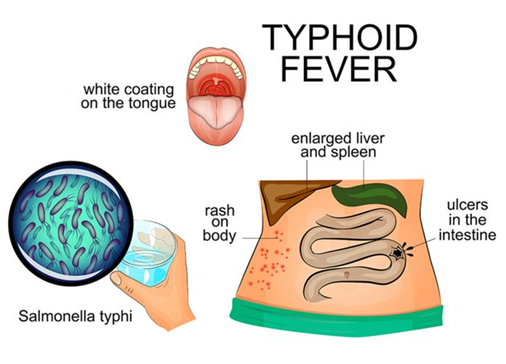
Typhoid fever is well-known in extremely poor parts of developing nations; it’s estimated that up to 20 million people worldwide suffer from the illness each year. It’s spread through contaminated food, unsafe water, and poor sanitation, and it is highly contagious.
Symptoms:

Cholera disease is spread through contaminated water and causes severe dehydration and diarrhea. It can be fatal within days or even hours of exposure to the bacteria, but only 1 in 10 people will develop life-threatening symptoms.
Symptoms:
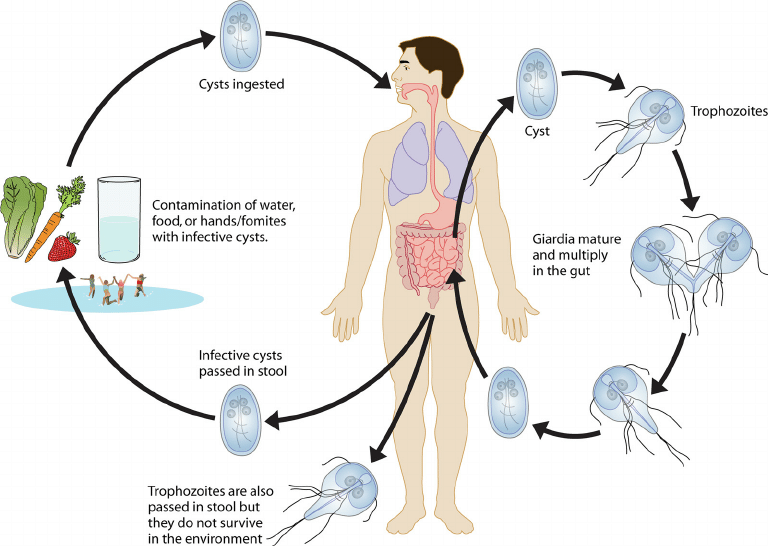
This waterborne disease is shared through contaminated water, most often in ponds and streams, but it can also be found in a town’s water supply, swimming pools, and more. The infection is caused by a parasite. However, it’s possible for those who have been exposed will experience intestinal problems for years to come.
Symptoms:
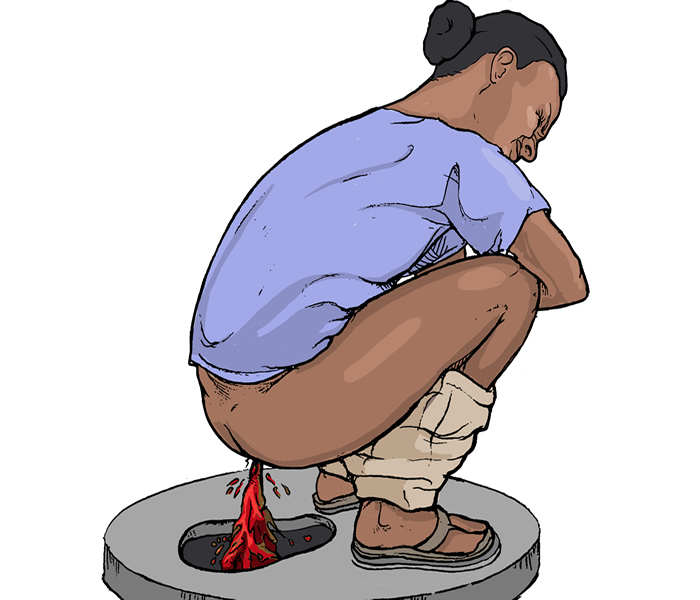
An intestinal infection, dysentery is a waterborne disease characterized by severe diarrhea as well as blood or mucus in the stool. Dysentery is good reason to always wash your hands, as the disease is spread mainly through poor hygiene. It can be caused by bacteria, viruses, or parasites in unsafe food and water and by people coming in contact with fecal matter.
Symptoms:
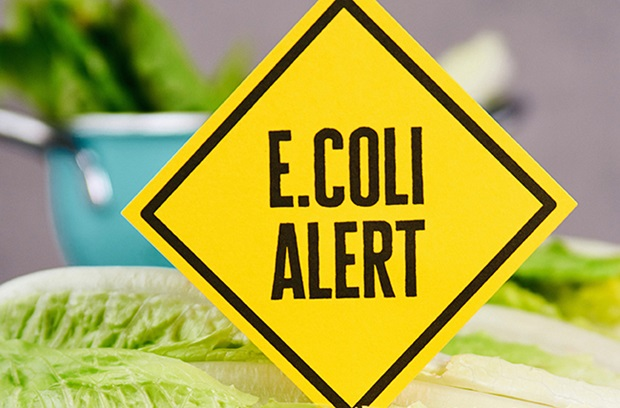
Animal waste has found its way into farmland where produce is grown or if strains of E. coli are spread through the process of making ground beef, those who consume these foods could experience symptoms of the waterborne illness. The bacteria is also found in unsafe water sources around the globe where human water sources and cattle coexist.
Symptoms of dangerous strains of E. coli are similar to that of dysentery and other waterborne diseases.

Hepatitis A is a liver infection caused by consuming contaminated food and water or by coming in close contact with someone who has the infection. People who travel in developing countries often or work in rural communities with poor sanitation and hygiene management are most exposed to the disease.
Symptoms:
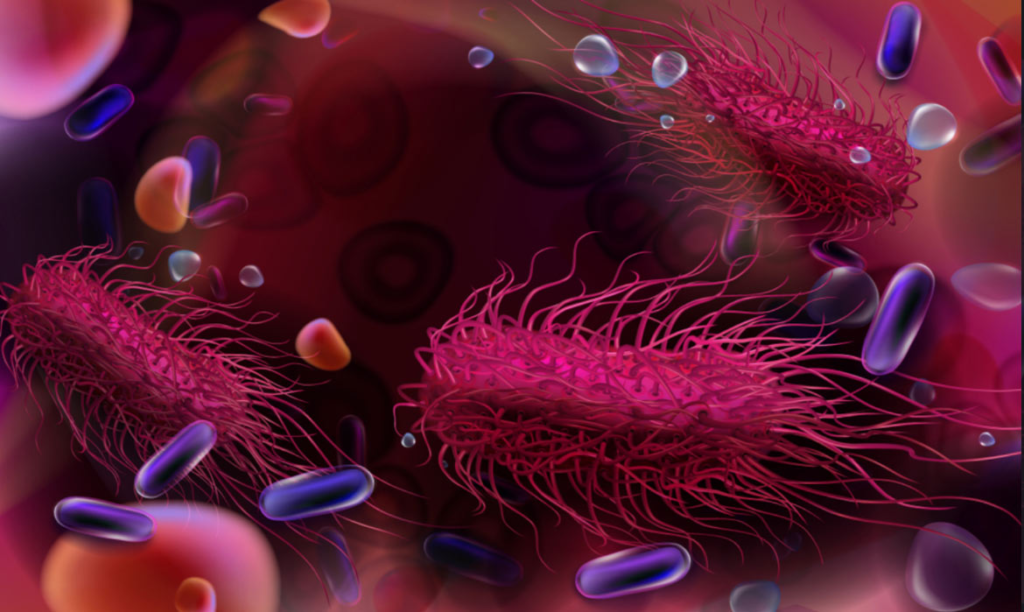
Most cases of salmonella come from ingesting food or water contaminated with feces. Undercooked meat, egg products, fruits, and vegetables can also carry the disease. Most people don’t develop complications, but children, pregnant women, older adults, and people with weakened immune systems are most at risk.
Symptoms:
References: